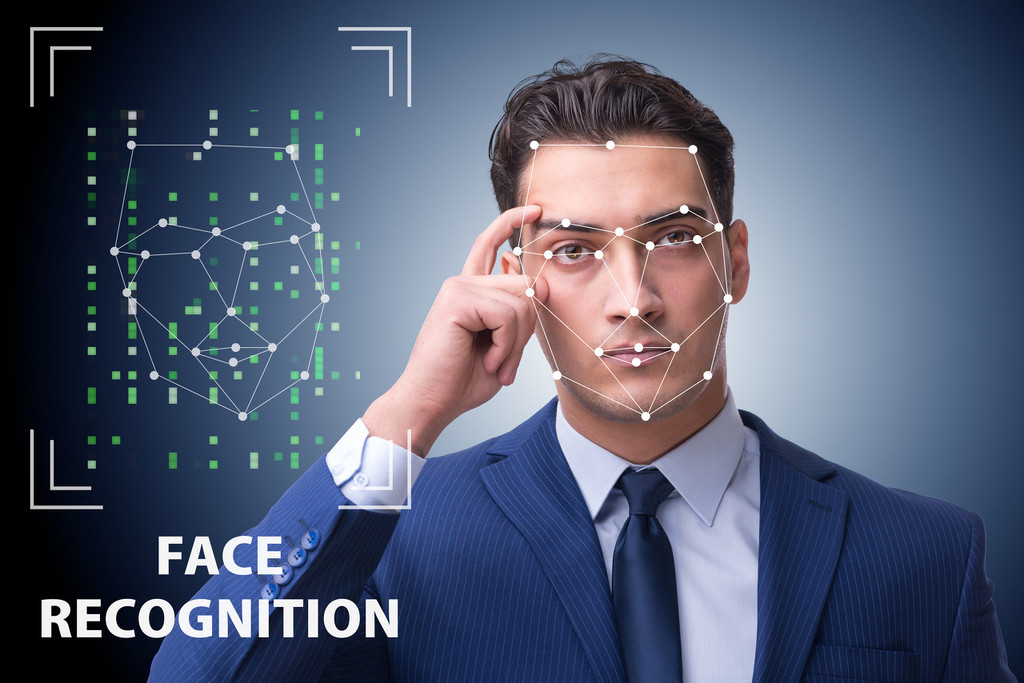Concerns over facial tech usage


Some US police embrace software but civil liberties groups cite privacy issues
Police departments in the United States are increasingly using facial recognition technology to catch criminals, but the software has come under fire by experts who say it has a relatively low success rate, is prone to racial and gender bias, and could lead to wrongful arrests.
There are no official numbers on how many local and state police departments are using facial recognition technology, but at least 50 across the country, including the FBI-which has a database of 36.4 million photos-and the New York City Police Department, the nation's largest, have used or are using facial recognition in some way, according to the Center on Privacy and Technology at Georgetown University law school in Washington.
Facial recognition technology works by matching live images of people walking past special cameras against a list of persons of interest often compiled by police. The cameras scan the unique points of a face to create an identifiable biometric map which is as individual as a fingerprint. Biometric surveillance systems record faces and even voices.
In cases where police may have few leads and only a blurry photo of a suspect, they will feed into the system an algorithm or facial recognition database sketches-or even pictures of celebrities-who resemble the criminal.
"The stakes are too high in criminal investigations to rely on unreliable or wrong inputs" the authors of the Georgetown report warned.
Norman Sadeh, a computer science professor at Carnegie Mellon University in Pittsburgh, told China Daily: "There are expectations of privacy that people have and that are supposed to be respected. … If you see a camera you have no way of knowing what this camera is doing."
Detroit spent $1 million on facial recognition software in 2017. The software allows it to continuously monitor "hundreds of private and public cameras set up around the city" in schools, churches and restaurants according to The New York Times.
Detroit Mayor Mike Duggan took to social media in July to reassure residents that it would not be used for neighborhood surveillance.
Among the most-popular facial recognition software used by police is Amazon's Rekognition.
When the American Civil Liberties Union ran its own test of Rekognition to check its accuracy by comparing members of Congress to 25,000 photos of criminals, it incorrectly matched 28 lawmakers with people who had criminal records.
Amid the concerns about facial recognition technology, Axon, the largest manufacturer of police body cameras in the US, has rejected selling facial recognition technology. The decision follows a report from Axon's independent AI ethics board, which concluded that facial recognition software is not reliable enough to justify its use in body cameras.
In the US Congress, both Democratic and Republican lawmakers have raised concerns.
In the past few months, San Francisco became the first city to ban use of facial technology followed by Somerville, Massachusetts, and then Oakland, California, which banned the use of it in public spaces in June.
Sadeh warns: "Facial recognition technology is not just capturing who is where but it can also capture who they are. Then, with computer vision technology, it has the ability to increasingly recognize a variety of different activities, even the mood of people and much can be learned from that. None of that is communicated to people. Many people are unaware of what these technologies can do."
While there are critics of the technology, there also are defenders of its proper use. One of them is James O'Neill, New York City's police commissioner.
In an opinion article published by The New York Times in June, with the headline "How Facial Recognition Makes You Safer", he said his department has been using the technology since 2011.
O'Neill said that in 2018, detectives made 7,024 requests to the department's facial identification section, and in 1,851 cases possible matches were returned, leading to 998 arrests. Some investigations are still being conducted and some suspects have not been apprehended, he said, noting that the software has also cleared suspects.

































